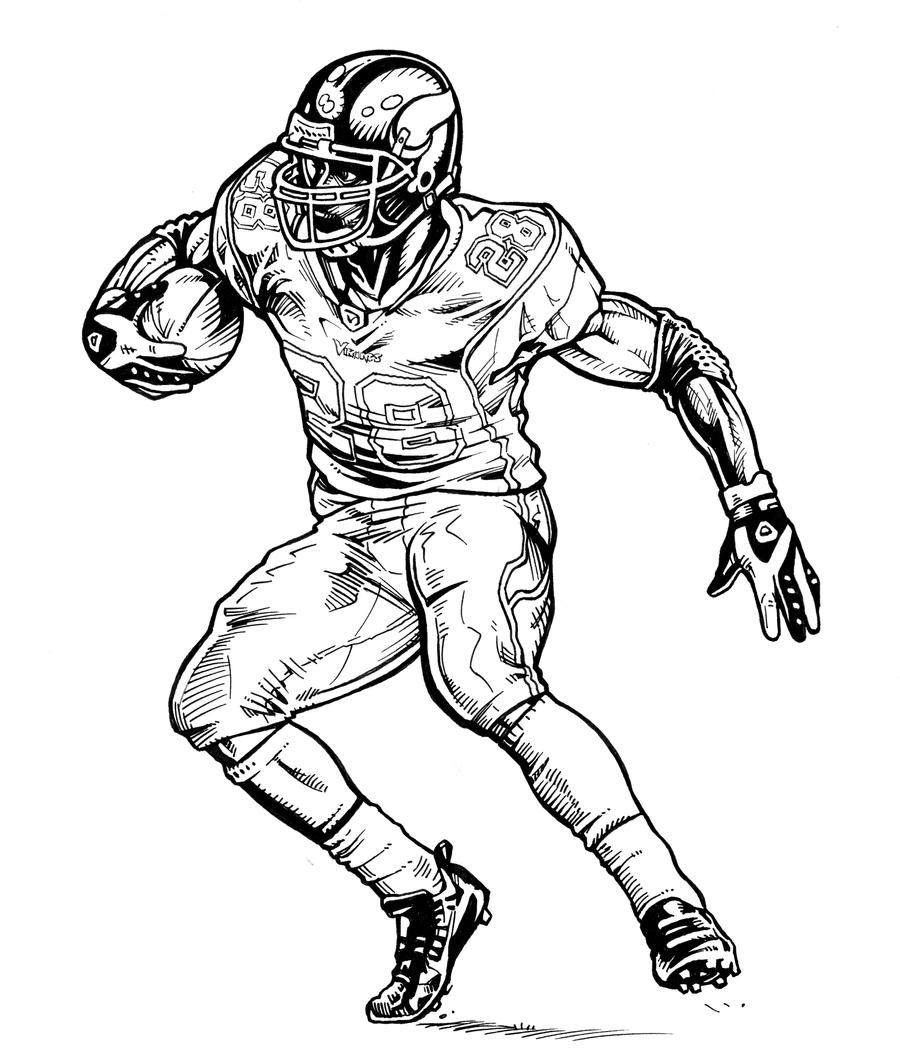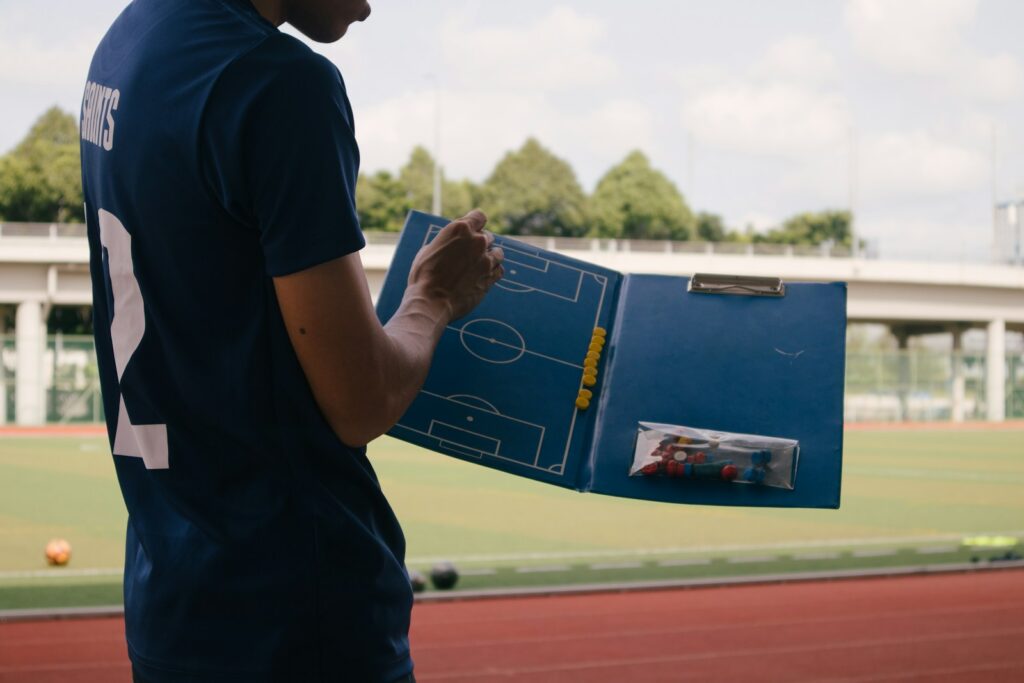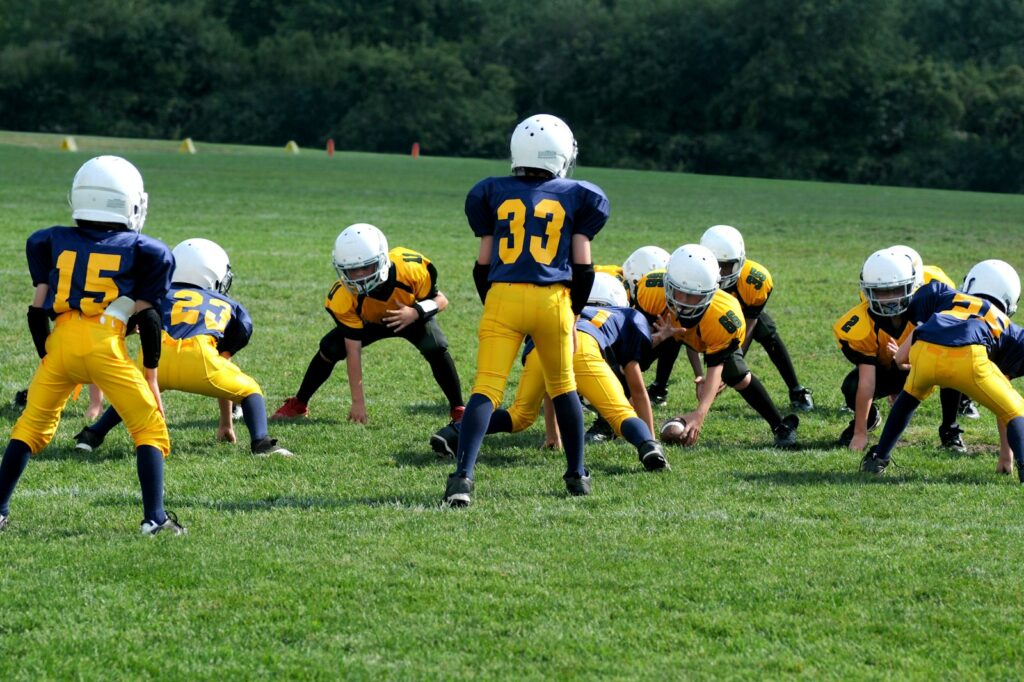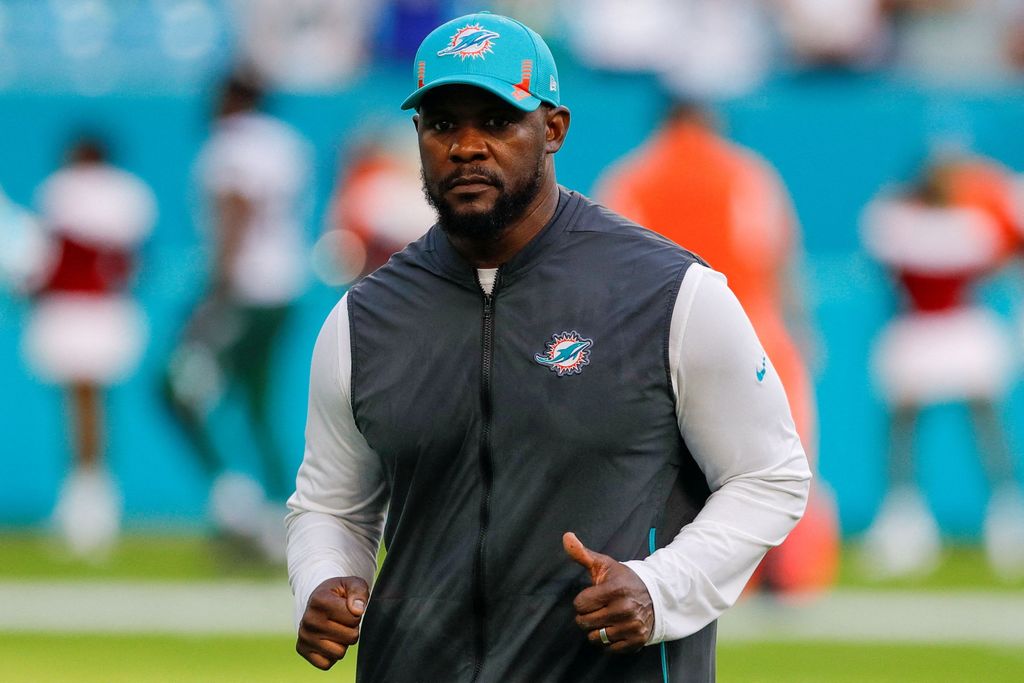
The Minnesota Vikings have been a team defined by resilience and unexpected twists, and the recent developments within their coaching ranks are no exception. Just days before a resounding 22 – 17 victory over the San Francisco 49ers on Monday Night Football, the coaching staff underwent a significant reshuffling, setting a complex backdrop for the team’s ongoing season. This unforeseen dynamic has added a layer of intrigue to an already compelling campaign.
At the heart of this coaching narrative is defensive line coach Chris Rumph, who requested and was subsequently granted a personal leave of absence. This news, initially reported by ESPN’s Kevin Seifert on Saturday, October 22, immediately raised questions about the stability within the Vikings’ defensive unit. Rumph’s departure, even if temporary at first, signaled a period of adjustment for the team as they prepared for crucial matchups.
What made Rumph’s situation particularly noteworthy was that he wasn’t the first defensive position coach to step away this season. Outside linebackers and pass – rush specialist Mike Smith had also taken a leave from the team a mere six days before the regular season commenced. The dual absences of key defensive mentors prompted a closer examination of the mechanisms in place to mitigate such disruptions and maintain the continuity of the coaching scheme.
In the immediate aftermath of Rumph’s initial leave, assistant defensive line coach Patrick Hill was expected to step into the leading role, taking on the responsibilities for the time being. Hill, with a decade of coaching experience under his belt, had joined the Vikings in the offseason after serving as a defensive analyst for LSU in 2022, bringing fresh perspectives and a deep understanding of defensive strategies to the team.

To further reinforce the coaching endeavors, Assistant Head Coach Mike Pettine was scheduled to offer support to Hill. Pettine, along with Defensive Assistant Imarjaye Albury, had already been working in collaboration to fill the void left by Mike Smith’s earlier leave, demonstrating a proactive approach by the Vikings’ leadership to ensure that critical coaching functions remained robust and uninterrupted, even under challenging circumstances.
Head Coach Kevin O’Connell’s remarks concerning Rumph underscore the personal impact of these changes. Speaking on Saturday, as reported by Seifert, O’Connell said, “I love Chris Rumph. He is one of the first coaches I hired here, and … he means the world to me.” Such an earnest declaration from the head coach highlights the profound professional and personal bonds forged within the coaching staff, making Rumph’s departure all the more poignant for the organization.
The initial personal leave for Chris Rumph eventually evolved into a permanent departure from the Vikings’ sidelines. His time away from the team, which commenced in October, ultimately led to a new opportunity in the college ranks. It was disclosed on a Monday, with five weeks still remaining on Minnesota’s schedule, that Rumph had accepted a position on Dabo Swinney’s coaching staff at Clemson University, marking a significant shift in his career path.
At Clemson, the former Vikings coach is slated to take charge of the defensive ends, a role with which he is intimately acquainted. This move, while unexpected in its timing for an NFL coach mid – season, can be comprehended in the context of Rumph already being away from the team. Perhaps this pre – existing absence paved the way for the Vikings to grant him permission to pursue other opportunities without further disrupting the ongoing operations of the team.

It is indeed uncommon for coaches in the National Football League to transition out of their roles prior to the conclusion of their team’s season. However, Rumph’s unique situation, given that he had already been on leave, provided a route for this mid – season move. This exception to the norm highlights the complexities that can emerge within professional sports organizations, where personal matters intersect with highly demanding professional commitments.
As noted earlier, Mike Smith, the Vikings’ outside linebackers coach and pass – rush specialist, also took a leave of absence from the team earlier in the year. Similar to Rumph’s situation, no specific details regarding the reasons for Smith’s absence have been officially disclosed or reported, with both instances simply described as being due to “personal matters.” The private nature of these departures leaves room for various interpretations.
One speculative, albeit unconfirmed, line of inquiry raises the possibility of “friction created between new Minnesota defensive coordinator Brian Flores and some of the remaining Vikings defensive coaches” following Flores’s hiring earlier in the year. While this remains a theoretical possibility within the broader sports narrative, the provided context promptly reminds us that “it is also possible that we have absolutely no idea why Rumph or Smith needed to take time away from their coaching jobs with Minnesota,” emphasizing the often – unseen personal complexities that can influence professional decisions.
Chris Rumph’s extensive coaching background renders his move to Clemson a return to familiar territory. He was initially recruited into the Vikings organization in 2022 as a key component of Kevin O’Connell’s inaugural coaching staff, signaling O’Connell’s trust and vision for the team’s defensive future. Prior to his tenure with the Vikings, Rumph had accumulated a wealth of experience across both NFL and collegiate levels.
His professional resume includes stints with the Chicago Bears in 2021 as their defensive line coach and with the Houston Texans as an outside linebackers coach in 2020. Before his recent NFL engagements, Rumph had a distinguished career coaching at various Power – 5 college programs, including Tennessee, Florida, Texas, and Alabama, in addition to an earlier period with Clemson itself, demonstrating his versatile expertise.
Notably, Rumph’s personal roots are deeply entrenched in the South Carolina landscape; he grew up in the state and played college football at the University of South Carolina. With Clemson also located in South Carolina, his new role represents a significant homecoming, enabling him to return to a place that has long been a part of his life’s journey, which can undoubtedly be a powerful draw for any professional.
Indeed, Rumph’s return to Clemson isn’t just a geographical homecoming; it is also a professional one, as he previously held the same defensive ends coaching position for the Tigers from 2006 to 2010. This long – standing connection to the program adds another layer of comprehension to his recent decision, signifying a comfort and familiarity with the institution and its football philosophy.
His career since his initial Clemson stint has been characterized by significant achievements, including two National Championships in 2010 and 2011 while coaching under the legendary Nick Saban at the Alabama Crimson Tide. This impressive track record further illustrates the caliber of coach the Vikings had in Rumph and the valuable experience he brings back to the collegiate level.
During Rumph’s period of leave, Kevin Seifert of ESPN noted in mid – to – late October that “O’Connell declined to delve into specifics about either coach, other than to confirm that the reason for their absences is personal. There is no timetable for either to return.” This statement reinforced the private nature of the circumstances, placing an emphasis on respecting the individual’s reasons for stepping away from their high – profile roles.
It was also noted at the time of the article’s publication that Rumph was still formally listed as the Vikings’ defensive line coach on the team’s official website, underscoring the fluid and evolving nature of these situations within professional sports. It remains unclear whether he will be formally replaced in 2023, though Patrick Hill, as the assistant defensive line coach, has clearly been taking on the immediate responsibilities.
Rumph’s extensive experience spans 21 years across both NCAA and NFL coaching ranks. His deep expertise is further underscored by the fact that his son, Chris Rumph II, is also a professional football player, currently an outside linebacker for the Los Angeles Chargers, having entered the NFL via the 4th Round of the 2021 NFL Draft. This familial connection to the game showcases a long – standing dedication to the sport.
As for Clemson, the Tigers concluded their collegiate regular season with an 8 – 4 record this year, missing out on a Top 25 finish. They are scheduled to face the Kentucky Wildcats in the Gator Bowl on December 29th, marking a new chapter for Rumph as he joins their coaching staff during their bowl preparation. The timing of his arrival enables him to contribute immediately to their postseason endeavors.

Amidst these coaching staff shifts, the Minnesota Vikings defense, under the guidance of Brian Flores, has quietly begun to find its stride, showcasing a remarkable turnaround. Inheriting what was described as “one of the league’s most porous defenses from 2022,” Flores was tasked with the challenging mandate to “do more with less,” a true test of his strategic acumen.
To achieve this, the Vikings made significant personnel changes during the offseason, parting ways with five starters, including key contributors who had previously been cornerstones of the unit. Notable departures included pass rusher Za’Darius Smith, defensive tackle Dalvin Tomlinson, veteran cornerback Patrick Peterson, and inside linebacker Eric Kendricks, signaling a clear shift in defensive philosophy.
The overarching goal of the offseason was ambitious: to “get younger on defense, develop that talent in hopes of elevating the unit despite a clear downgrade in personnel.” This mission, focused on long-term growth and player development over immediate star power, appears to be progressing positively seven weeks into the season, with Flores’ defense notably “finding its form as of late.”
Recent statistics vividly illustrate this defensive resurgence. Over the past four games, the Vikings have held opposing offenses to an impressive average of just 291.3 yards. Furthermore, turnovers, which are often a hallmark of opportunistic and disciplined defenses, have swung decisively in Minnesota’s favor, with the defense forcing a remarkable six turnovers in just the past two games.
This defensive prowess has directly translated into on-field success, culminating in the team securing back-to-back wins for the first time this season. One of these crucial victories was a gritty 19 – 13 defensive struggle against the Chicago Bears, a game that vividly showcased the defense’s clutch performance, requiring a pivotal fumble return touchdown from Jordan Hicks to ultimately seal the hard – fought win.
Plays of this caliber, where the defense directly influences game outcomes through big turnovers and timely scores, are often “the marks of a winning team.” While Minnesota, currently standing at 3 – 4, is “still proving that it can be” a consistent winner after a slow start to the season, these defensive efforts provide a clear pathway forward and instill confidence in their capabilities.
Monday’s emphatic victory over San Francisco served as a compelling “glimpse at what a complete game can look like from this team.” In that contest, the defense was undeniably “just as responsible for the results as the offense,” delivering a balanced and complementary performance that underscored the potential of this evolving Vikings squad.
Amidst the defensive overhaul and coaching changes, one individual has consistently shone brightly: Danielle Hunter. He is unequivocally “proving his worth by playing out the 2023 season in a contract year,” delivering a dominant performance that has placed him at the top of the league. Through seven weeks this season, Hunter leads the NFL with an astounding 9.0 sacks, a testament to his relentless pass – rushing ability.
His recent performance has also propelled him into the Vikings’ record books, as he moved into seventh place on the team’s all – time career leaders list. With a sack in the third quarter of a recent game, he surpassed Everson Griffen, marking the 80th sack of his illustrious career, a significant milestone that highlights his sustained excellence and impact on the franchise.
Looking ahead, Hunter is poised to continue his ascent in the Vikings’ storied history. With just six more sacks this season, he stands to overtake the No. 6 spot on the Vikings career sack leaderboard, currently held by Jared Allen, who amassed 85.5 sacks during his tenure with the team. This pursuit adds an exciting individual narrative to the team’s ongoing season.

Given his exceptional play, Danielle Hunter has, understandably, been the subject of intense trade speculation as the NFL trade deadline on October 31 approaches. His value in the league is undeniably “sky – high,” making him one of the most coveted defensive assets. However, this immense value also provides the Minnesota organization with “plenty of reasons to reach an agreement on an extension with him,” signaling a potential long – term commitment.
The Minnesota Vikings continue to navigate a season filled with unexpected turns, ranging from significant coaching staff changes to the emergence of a rejuvenated defense and the stellar individual performance of a star like Danielle Hunter. The departure of Chris Rumph to Clemson, while marking the end of one chapter, underscores the dynamic and often personal nature of professional sports careers. Yet, the team’s resilience, particularly its defense finding its formidable form under Brian Flores, suggests a unit that is learning to thrive amidst adversity. As the season progresses, all eyes remain on the Vikings, a team demonstrating that character and collective effort can overcome even the most unforeseen challenges.



